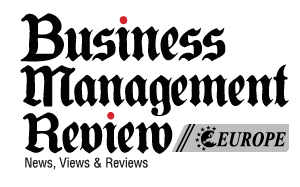\\\\\\\\\\ Top Mergers and Acquisitions Firms \\\\\\\\\
-
Capstone Partners
Capstone Partners is a leading investment banking firm specializing in middle-market companies. With tailored expertise, the firm serves owners, investors, and creditors throughout the business lifecycle, providing strategic guidance and transaction solutions across diverse industries.
-
True North Mergers & Acquisitions
True North Mergers & Acquisitions (TNMA), headquartered in Minneapolis, is a national sell-side and buy-side advisory firm. Spun out of Sunbelt Business Advisors in 2021, TNMA’s experienced professionals provide strategic M&A guidance, helping business owners build lasting legacies.















